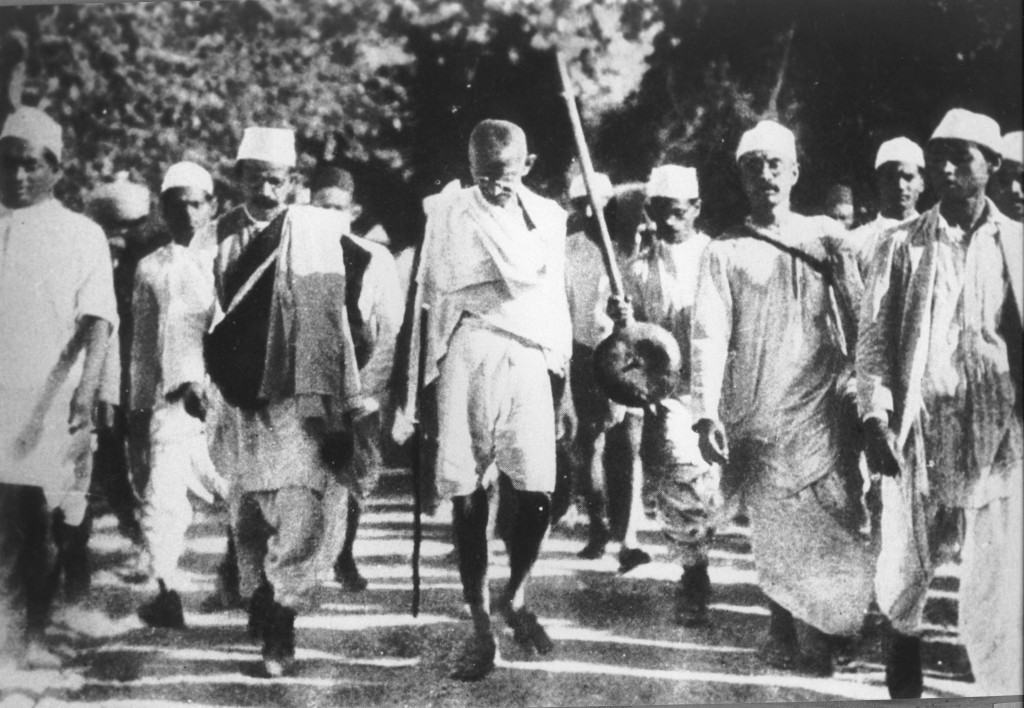by Dr. L. M. Singhvi
The Jain tradition, which enthroned the philosophy of ecological harmony and non-violence as its lodestar, flourished for centuries side by side with other schools of thought in ancient India. It formed a vital part of the mainstream of ancient Indian life, contributing greatly to its philosophical, artistic and political heritage. During certain periods of Indian history, many ruling elites as well as large sections of the population were Jains, followers of the Jinas (Spiritual Victors).
The ecological philosophy of Jainism, which flows from its spiritual quest, has always been central to its ethics, aesthetics, art, literature, economics and politics. It is represented in all its glory by the 24 Jinas or Tirthankaras (Pathfinders) of this era whose example and teachings have been its living legacy through the millennia.
Although the ten million Jains estimated to live in modern India constitute a tiny fraction of its population, the message and motifs of the Jain perspective, its reverence for life in all forms, its commitment to the progress of human civilization and to the preservation of the natural environment continues to have a profound and pervasive influence on Indian life and outlook.
In the twentieth century, the most vibrant and illustrious example of Jain influence was that of Mahatma Gandhi, acclaimed as the Father of the Nation. Gandhi’s friend, Shrimad Rajchandra, was a Jain. The two great men corresponded, until Rajchandra’s death, on issues of faith and ethics. The central Jain teaching of ahimsa (non-violence) was the guiding principle of Gandhi’s civil disobedience in the cause of freedom and social equality. His ecological philosophy found apt expression in his observation that the greatest work of humanity could not match the smallest wonder of nature.
Read the rest of this entry »






